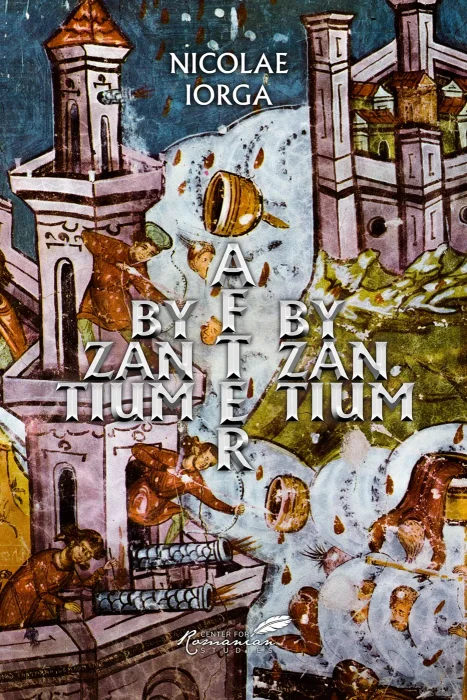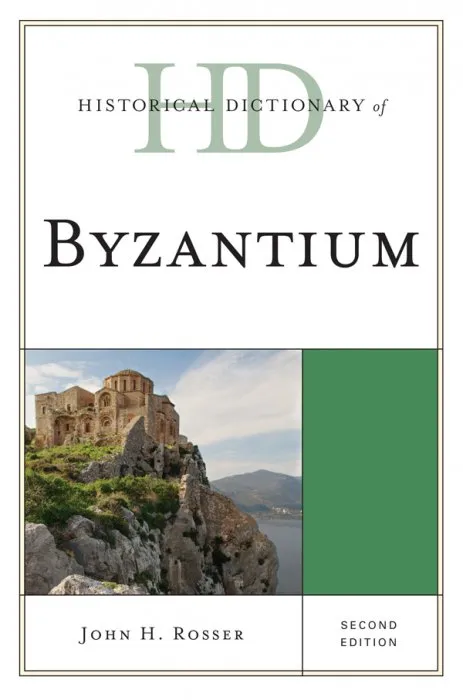Eastern Medieval Architecture: The Building Traditions of Byzantium and Neighboring Lands

Date: September 23, 2019
Сategory: Architecture
ISBN: 0190272732
Language: English
Number of pages: 816 pages
Format: EPUB
Add favorites
Aside from Hagia Sophia, the monuments of the Byzantine East are poorly understood today. This is in sharp contrast to the well-known architectural marvels of Western Europe's Middle Ages. In this landmark survey, distinguished art historian Robert Ousterhout introduces readers to the rich and diverse architectural traditions of the medieval Eastern Mediterranean.
The focus of the book is the Byzantine (or East Roman) Empire (324-1453 CE), with its capital in Constantinople, although the framework expands chronologically to include the foundations of Christian architecture in Late Antiquity and the legacy of Byzantine culture after the fall of Constantinople in 1453. Geographically broad as well, this study includes architectural developments in areas of Italy, the Caucasus, the Near East, the Balkans, and Russia, as well as related developments in early Islamic architecture. Alternating chapters that address chronological or regionally-based developments with thematic studies that focus on the larger cultural concerns, the book presents the architectural developments in a way that makes them accessible, interesting, and intellectually stimulating. In doing so, it also explains why medieval architecture in the East followed such a different trajectory from that of the West.
Lavishly illustrated with hundreds of color photographs, maps, and line drawings, Eastern Medieval Architecture will establish Byzantine traditions to be as significant and admirable as those more familiar examples in Western Europe, and serve as an invaluable resource for anyone interested in architectural history, Byzantium, and the Middle Ages.
The focus of the book is the Byzantine (or East Roman) Empire (324-1453 CE), with its capital in Constantinople, although the framework expands chronologically to include the foundations of Christian architecture in Late Antiquity and the legacy of Byzantine culture after the fall of Constantinople in 1453. Geographically broad as well, this study includes architectural developments in areas of Italy, the Caucasus, the Near East, the Balkans, and Russia, as well as related developments in early Islamic architecture. Alternating chapters that address chronological or regionally-based developments with thematic studies that focus on the larger cultural concerns, the book presents the architectural developments in a way that makes them accessible, interesting, and intellectually stimulating. In doing so, it also explains why medieval architecture in the East followed such a different trajectory from that of the West.
Lavishly illustrated with hundreds of color photographs, maps, and line drawings, Eastern Medieval Architecture will establish Byzantine traditions to be as significant and admirable as those more familiar examples in Western Europe, and serve as an invaluable resource for anyone interested in architectural history, Byzantium, and the Middle Ages.
Download Eastern Medieval Architecture: The Building Traditions of Byzantium and Neighboring Lands
Similar books
Information
Users of Guests are not allowed to comment this publication.
Users of Guests are not allowed to comment this publication.




